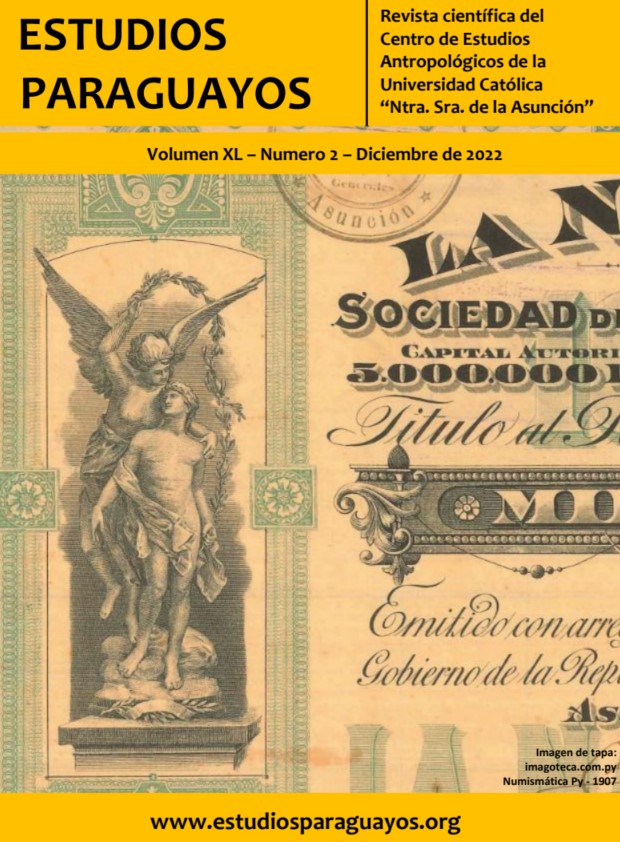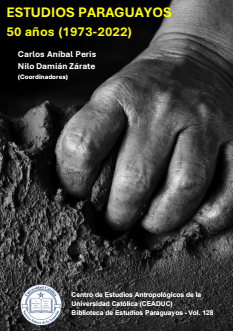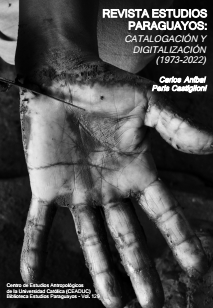About the problem of Paraguay’s public debt at present
DOI:
https://doi.org/10.47133/respy2500201Keywords:
public debt, Paraguay, increase, economic crisis, Long-term analysisAbstract
In recent years, the increasing trend of Paraguay's public debt has become a recurring and concerning issue, particularly coinciding with the last years of the previous and current government's terms, as it has been observed that, despite criticism of the situation, borrowing has continued to increase without new strategies being established to generate or expand sources or lines of financing for public policies. Additionally, the accumulation of public debts will be inherited by future governments and generations, potentially restricting public financing options. Currently, the country is surviving the climate and economic crisis that began in 2019 and was exacerbated by the coronavirus pandemic in 2020 and the first half of 2021, due to the health emergency and social crisis, in which pressure on deficient hospital services, patient referral to the private health sector, loss of human lives, employment and income in families, led the government to increase spending and public debt extraordinarily. In this work, we aim to present the results of the analysis of public debt in the long term from 2004 to 2021, in the context of greater stability and growth of the national economy (2004-2018), the crisis (2019-2020), and indications of current recovery. In these contexts, we seek to identify the characteristics of public debt, to reflect on persistent problems and alternative solutions.
Downloads
References
Administración Nacional de Energía, ANDE. (2020). Memoria 2020. República del Paraguay.
Banco Central del Paraguay, BCP (2022). Anexo Estadístico del Informe Económico 2022. República del Paraguay.
Coordinadora de los Derechos Humanos en el Paraguay, CODEHUPY. (2021). Informe Derechos Humanos en Paraguay, Serie año 2021. AGR.
Ministerio de Educación y Ciencias, MEC. (2012). Datos sobre la educación superior en el Paraguay, VMES.
Ministerio de Hacienda, MH. (2020). Informe de la situación financiera. Cierre Fiscal 2020. República del Paraguay.
Ministerio de Hacienda, MH. (2021). Endeudamiento nacional y su política. República del Paraguay.
Ministerio de Hacienda, MH. (2022a). Bonos internacionales en cifras. República del Paraguay.
Ministerio de Hacienda, MH. (2022b). Estado de Administración Financiera, Saldo de la Deuda Pública. República del Paraguay.
Ministerio de Hacienda, MH. (2022c). Lineamientos de mediano plazo. República del Paraguay.
Molinier, L. (2015). Paraguay. El retorno neoliberal. Avances y tensiones de un proyecto más dependiente y desigual. En CLACSO, Colección Grupos de Trabajo – BASE IS, Neoliberalismo en América Latina. Crisis, tendencias y Alternativas (pp. 173-202).
Molinier, L. (2016). El derecho a la educación y el gasto público en Paraguay. La importancia de los recursos del Fonacide y del FFEI. SERPAJ PY.
Molinier, L. (2019). La crisis económica, climática y política. ¿Cómo llegamos al 2023?. En Coordinadora de los Derechos Humanos en el Paraguay, CODEHUPY, Derechos Humanos. Paraguay 2019, informe anual, Análisis de Coyuntura (pp. 51-68).
Servicio de Paz y Justicia, SERPAJ. (2015). Análisis del PGGN de las FF.AA. entre 2013 – 2015, en relación con el gasto en seguridad interna, la inversión social en salud pública y saneamiento ambiental; educación pública y reforma agraria [Archivo PDF]. https://serpajpy.org.py/wp-content/uploads/2016/03/Analisis_PGGN_2013-2015_FFAA_Lila_Molinier_SERPAJ_PY.pdf
Published
How to Cite
Issue
Section
License
Copyright (c) 2022 Lila Moliner; y Estudios Paraguayos

This work is licensed under a Creative Commons Attribution 4.0 International License.
















